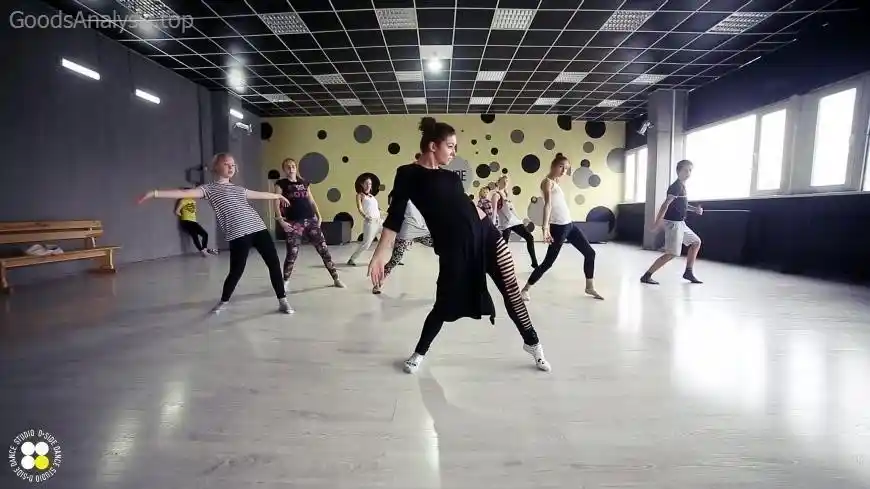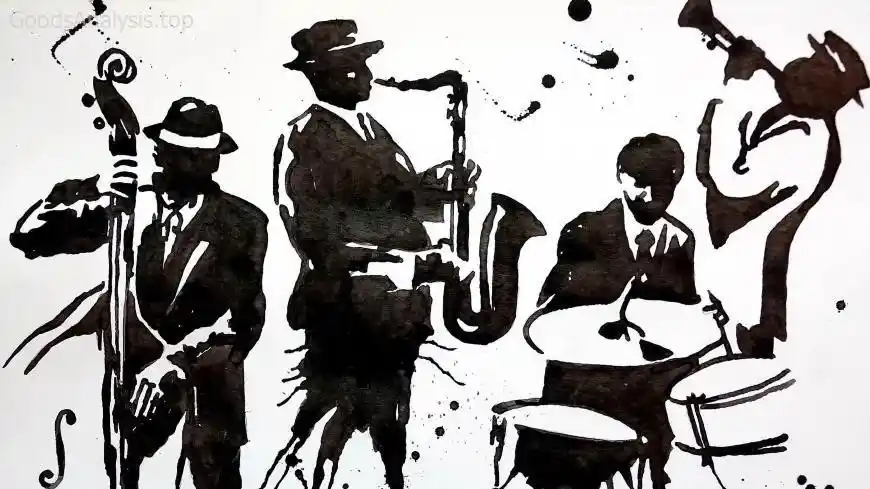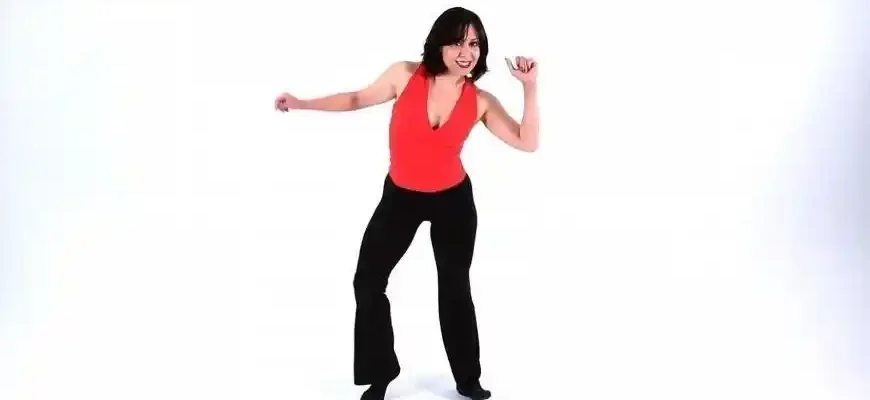Jazz dancing is an exciting, vibrant, and artistic form of movement that blends elements of ballet, modern dance, and African rhythms. It’s more than just a style of dance – it’s a way of expressing emotions and stories through fluid, energetic movements. Whether you’re drawn to it for fitness, fun, or personal expression, learning jazz dancing can be an incredibly rewarding experience. But where do you start? Let’s break it down step by step.
Why Jazz Dancing?
Before diving into the technical aspects of jazz dance, it’s important to understand why so many people of all ages are drawn to it. According to various studies and surveys, dancing is not only a fantastic workout but also beneficial for mental and emotional well-being. It can help boost self-esteem, reduce stress, and improve cognitive function. And yes, you do burn calories too – a 30-minute jazz dance session can burn around 200-400 calories, depending on intensity and your body type.
Moreover, jazz dance has roots in African American culture and draws influences from various dance styles, making it rich in history and culture. This connection to cultural heritage adds depth to the experience, especially for those who appreciate art and history.
Getting Started with Jazz Dance
1. Find the Right Class or Instructor
The first step in learning jazz dance is finding a qualified instructor or class. There’s a vast range of options, from community centers to professional studios. But how do you choose the best one?
- Experience Matters: Look for a teacher who has significant experience, not just in teaching dance but in understanding the body’s mechanics. A well-trained instructor can guide you through the steps safely and efficiently.
- Do Your Research: Check reviews, ask for recommendations, and if possible, observe a class. A good instructor should not only teach steps but also emphasize technique and injury prevention.
- Class Levels: If you’re a complete beginner, make sure the class is labeled as such. Jumping into an advanced class too soon can lead to frustration or even injury.
2. The Basics of Jazz Dance Movements
Jazz dance is based on fundamental movements that you will gradually build upon. Here are the core elements:
- Isolation: This refers to the ability to move specific parts of your body independently, like your shoulders, hips, or ribcage. This technique is essential in jazz, as many movements require control and flexibility of individual body parts.
- Jazz Hands: These are the iconic wide-fingered hand gestures often seen in jazz performances. They’re both expressive and dynamic, adding flair to the performance.
- Plies, Jumps, Turns: These are basic movements found in ballet but adapted for jazz. Pliés (bending your knees) help build strength in the legs, while jumps and turns add drama and excitement to the dance.
- Syncopation: Jazz is known for its syncopated rhythms, meaning the beats are often off the main pulse, giving the dance a swinging feel. Learning how to dance with jazz’s syncopated rhythms can take time, but it’s essential to mastering the style.
3. Understanding Jazz Dance Styles

Jazz is not a one-size-fits-all style. There are different forms of jazz dance you might explore, depending on your interests:
- Classic Jazz: The form most people associate with Broadway and musical theater. It’s all about big, bold movements and sharp lines.
- Contemporary Jazz: A modern take on jazz dance that incorporates elements of modern dance and ballet. It’s fluid and often incorporates more grounded, organic movements.
- Lyrical Jazz: This style blends jazz with ballet and lyrical dance, emphasizing emotional expression through fluid and graceful movements.
- Street Jazz: Influenced by hip-hop and street dance styles, street jazz tends to focus on grooves, isolation, and body rolls.
Each of these styles has its own unique appeal, and many dancers often explore more than one.
4. Training Your Body
To excel in jazz dance, flexibility, strength, and endurance are essential. Many beginners underestimate the physical demands of jazz dance, which can result in fatigue, poor performance, or injury.
- Stretching: Flexibility is key in jazz. Incorporate regular stretching into your routine, especially focusing on your hamstrings, hips, and back.
- Strength Training: Jazz dance involves a lot of core strength and leg power, especially in leaps, jumps, and turns. Consider adding exercises like squats, lunges, and core workouts to your regimen.
- Cardio: Since jazz dance often involves fast-paced, high-energy movements, it’s important to have good cardiovascular fitness. Running, swimming, or even cycling will help you build endurance for those longer dance sessions.
5. Practice, Practice, Practice
Like any skill, mastering jazz dance requires consistent practice. Start with basic routines and gradually increase the complexity as you improve. Record yourself to track progress and get a clearer idea of where you need improvement.
- Short, Frequent Sessions: Rather than overwhelming yourself with long dance sessions, aim for shorter, more frequent practice sessions. This helps you retain information and avoid injury.
- Video Tutorials: If you can’t attend class regularly, there are a plethora of online resources available. Platforms like YouTube offer beginner tutorials for jazz dance, which can complement your in-person training.
6. Avoiding Common Pitfalls

Jazz dance can be challenging, especially if you’re just starting out. Here are some common issues and how to address them:
- Injury: As with any physical activity, there’s a risk of injury. Always warm up and cool down properly before and after your sessions, and don’t push your body beyond its limits. If you feel pain, stop and seek professional advice.
- Frustration: Learning new dance moves can be frustrating, especially if you’re struggling to pick up the rhythm. Stay patient and take breaks when needed. Consider discussing your challenges with your instructor for tips and advice.
- Balance: Proper posture and balance are vital in jazz dance. If you struggle with balance, try working on your posture through Pilates or yoga, which can improve your body awareness.
Real Experiences of People Learning Jazz Dance
Sarah, 28, USA (Female)
“I’ve been taking jazz dance classes for a few months now, and it’s become a great stress reliever. I never imagined I’d enjoy dancing so much, but it’s become my favorite form of exercise. I’ve found it challenging to pick up some of the turns and jumps, but the progress is definitely worth it!”
Raj, 45, India (Male)
“I started jazz dancing as a way to stay fit and break free from the monotonous gym routines. I had no dance background before, but the teachers were very patient. The biggest challenge for me has been flexibility, but I’m improving with regular stretching.”
Lina, 50, Spain (Female)
“Jazz dance has always intrigued me, and now I’ve finally given it a go. It’s been a steep learning curve, but I love how it combines artistry with physicality. I recommend it for anyone who’s looking for both mental and physical stimulation.”
George, 36, UK (Male)
“Jazz was something I always thought was only for the younger crowd, but I was wrong. It’s great for anyone of any age, and it has actually helped with my back problems. The key is to listen to your body and adapt the movements to your level.”
Amina, 22, Nigeria (Female)
“I started dancing jazz because of my love for musical theater, and it’s been the best decision. The energy and rhythm in jazz are contagious. I’ve learned that dancing isn’t just about the moves; it’s about the emotional connection you have with the music.”
Conclusion
Learning jazz dancing is a fantastic way to improve your physical fitness, mental health, and even your social life. While it may seem intimidating at first, with the right approach, persistence, and guidance, anyone can master it. Remember, it’s not about achieving perfection but about enjoying the process and allowing yourself to grow as a dancer and as a person.
Take your time, be patient, and keep dancing!









